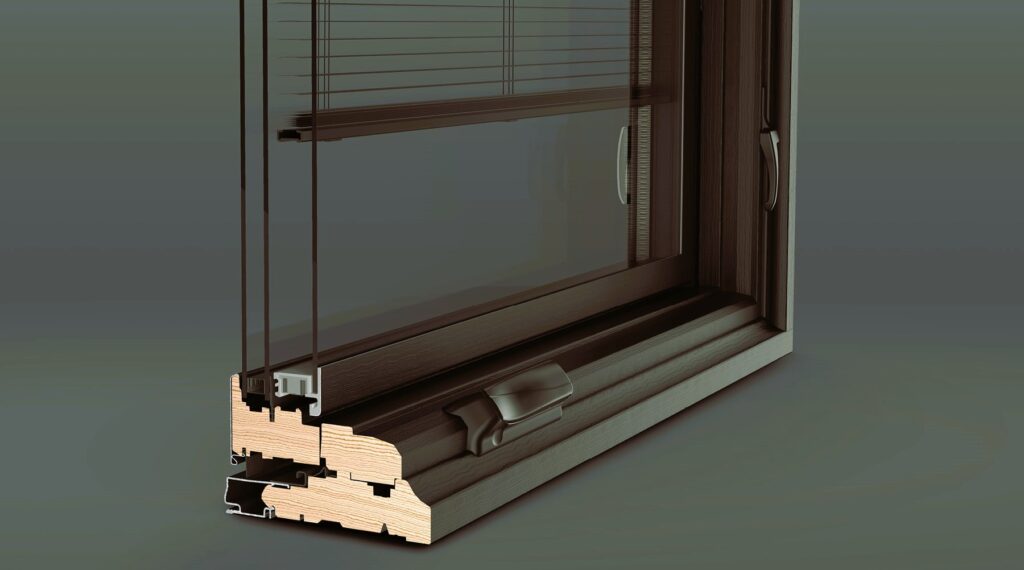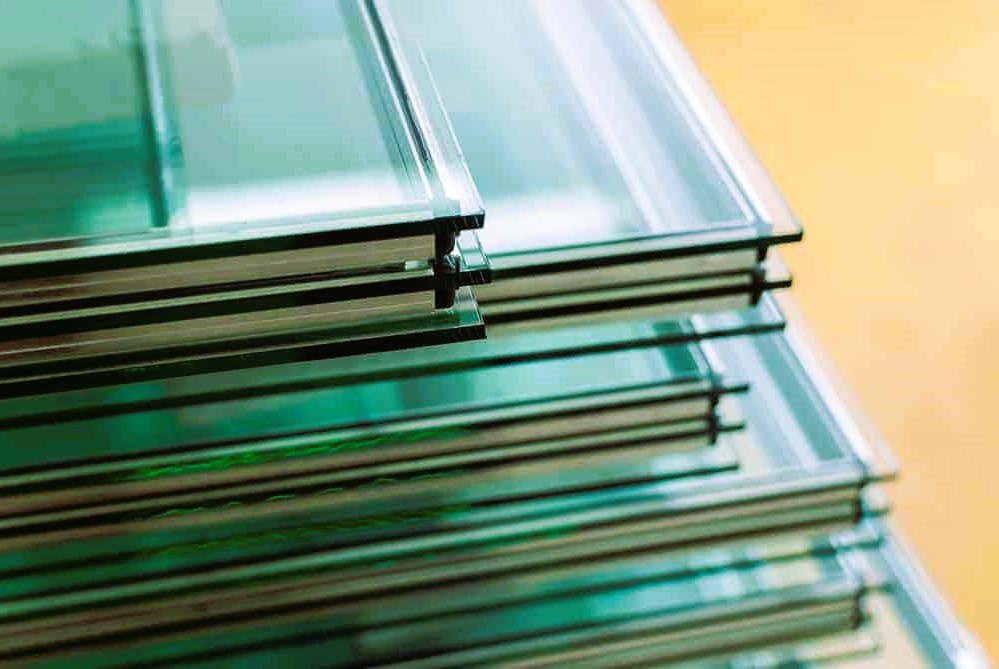Living in a noisy environment can be disruptive and impact our overall well-being. Whether it’s traffic noise, neighborhood commotion, or other external sounds, finding ways to reduce unwanted noise is crucial for creating a peaceful and comfortable living space. One effective approach is to upgrade your windows with soundproofing solutions. In this article, we will explore different methods and techniques to reduce noise through window upgrades, allowing you to enjoy a quieter and more serene home environment.
Understanding Sound and Its Transmission
Before delving into soundproofing solutions, it’s essential to understand how sound travels and enters your living space. Sound is a form of energy that travels in waves, and it can pass through windows, especially if they are poorly insulated or single-paned. When sound waves encounter a window, they can transmit vibrations, leading to the perception of noise indoors. By addressing the factors that contribute to sound transmission, you can significantly reduce unwanted noise.
- Upgrading to Double or Triple Pane Windows
One of the most effective ways to reduce noise is by upgrading to double or triple pane windows. These windows consist of multiple layers of glass with air or gas-filled spaces in between, creating insulation barriers that impede sound transmission. The additional layers and insulation properties help absorb and block incoming sound waves, significantly reducing noise infiltration.
- Opting for Laminated or Acoustic Glass

Laminated or acoustic glass is another excellent option for soundproofing windows. This type of glass consists of multiple layers bonded together with a special acoustic interlayer. The interlayer acts as a sound-dampening barrier, effectively absorbing and reflecting sound waves. Laminated or acoustic glass can significantly reduce noise levels and provide enhanced sound insulation for your home.
- Sealing and Weatherstripping
Proper sealing and weatherstripping are essential for reducing noise infiltration through gaps and cracks around windows. Inspect your windows for any openings or areas where air and sound may penetrate. Use caulking or weatherstripping materials to seal these gaps and create an airtight seal. This will not only improve soundproofing but also enhance energy efficiency by preventing drafts.
- Installing Window Soundproofing Films
Window soundproofing films are an affordable and DIY-friendly option to reduce noise. These films are applied directly to the window glass and work by adding an extra layer of material that helps absorb and block sound waves. Window films are available in different thicknesses and transparency levels, allowing you to choose the one that suits your needs while maintaining visibility. What plants are suitable for Canadian gardens? Read more here.
- Adding Window Treatments and Coverings
Window treatments and coverings can serve as additional layers of sound insulation. Heavy curtains, drapes, or blinds with thick fabric can help absorb and reduce sound waves entering your home. Consider using materials with noise-reducing properties, such as those designed for sound absorption, to enhance the effectiveness of window treatments in reducing noise levels.
- Enhancing Window Frames
In addition to the glass, window frames can contribute to noise infiltration. Upgrading to window frames with enhanced insulation properties, such as vinyl or fiberglass, can help reduce noise transmission. These materials provide better insulation compared to traditional aluminum frames, minimizing the transfer of sound vibrations.
- Creating an Exterior Sound Barrier
While focusing on window upgrades is important, addressing external noise sources can further enhance the effectiveness of soundproofing. Consider creating an exterior sound barrier, such as a fence, hedge, or wall, to deflect or absorb noise before it reaches your windows. Landscaping features can also help reduce noise by providing a natural buffer zone between your home and the source of noise.

- Combining Multiple Soundproofing Techniques
For maximum effectiveness, consider combining several soundproofing techniques. Combining window upgrades, sealing, window films, and window treatments can create a comprehensive soundproofing system that significantly reduces noise levels in your home. Experiment with different combinations to find the optimal solution for your specific noise concerns.
Conclusion
Reducing noise through window upgrades is an investment in creating a peaceful and comfortable living environment. By upgrading to double or triple pane windows, using laminated or acoustic glass, sealing gaps, installing soundproofing films, adding window treatments, enhancing window frames, and creating exterior sound barriers, you can significantly minimize noise infiltration. Take control of your indoor soundscape and enjoy the tranquility and serenity of a well-insulated home. Implement these soundproofing solutions, and let the soothing silence envelop your space.

